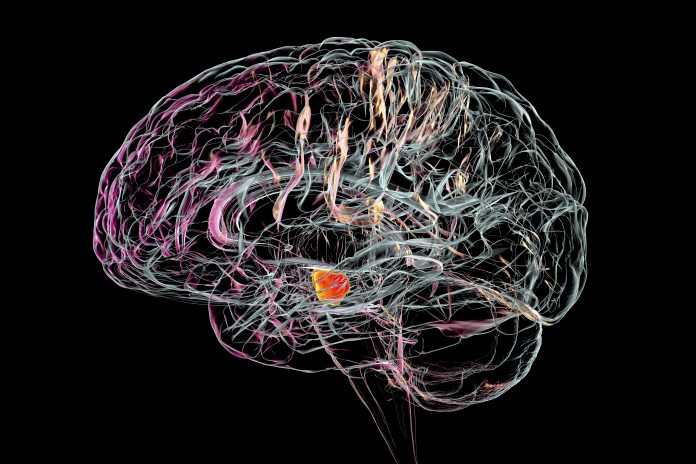
New research from the brain research and advocacy non-profit Cohen Veterans Bioscience (CVB) has demonstrated that wearables data combined with an artificial intelligence (AI) algorithm can effectively identify people with Parkinson’s disease and those without.
The results, published last week in the journal Sensors and supported by The Michael J. Fox Foundation (MJFF), analyzed data from the Parkinson’s Progression Markers Initiative (PPMI) cohort which collected data continuously using the Verily Study Watch in a subject’s natural environment. Researchers then used these data to create and train an AI algorithm to see if it could detect the PD from a person’s daily activity.
In the proof-of-concept study, the research team used inertial sensor data from the Verily Study Watches worn by individuals for up to 23 hours per day over several months to distinguish between seven subjects with PD and four without.
“Since motor-related PD symptoms such as bradykinesia and gait abnormalities typically present when a PD subject is walking, we initially used human activity recognition (HAR) techniques to identify walk-like activity in the unconstrained, unlabeled data. We then used these “walk-like” events to train one-dimensional convolutional neural networks (1D-CNNs) to determine the presence of PD,” the researchers wrote.
The new AI tool provided good results with researchers about to discern people with and without PD using their wearables data with 90% accuracy on single-walk measures and 100% accuracy when analyzing data collected for an entire day.
“This study shows the feasibility of leveraging unconstrained and unlabeled wearable sensor data to accurately detect Parkinson’s disease using powerful deep learning methods,” said Lee Lancashire, principal investigator of the study and CIO at CVB. “Through this combination of wearables and AI, we are one step closer to monitoring individual healthcare-related activity, such as motor function outside the clinic, unleashing the potential for early detection and diagnosis of diseases such as Parkinson’s disease.”
Developing innovative methods for identifying and diagnosing PD are needed, as it is one of the fastest growing neurological disorders and there are currently no objective biomarkers of the disease. Marked by progressive decline in both motor and non-motor (e.g., cognition and mood) symptoms, diagnosis of PD today is complicated and typically relies on subjective questionnaires to assess symptom severity of symptoms, potentially leading to symptoms being undetected or misclassified.
Sensor technology has shown its potential to aid in diagnosis and as a means to develop digital biomarkers of the disease. The results of this proof-of-concept study for the use of sensors as a potential diagnostic for PD paves the way for the use of sensors as a tool to monitoring symptoms and disease progression.
“Although additional studies are needed, we are excited about the potential of using sensor data obtained through a patients’ normal activity to enable physicians to monitor and classify PD symptoms through easy to obtain objective measures which can be used to improve clinical decision making and guide therapeutic interventions,” noted Mark Frasier, co-author of the paper and CSO of MJFF.













